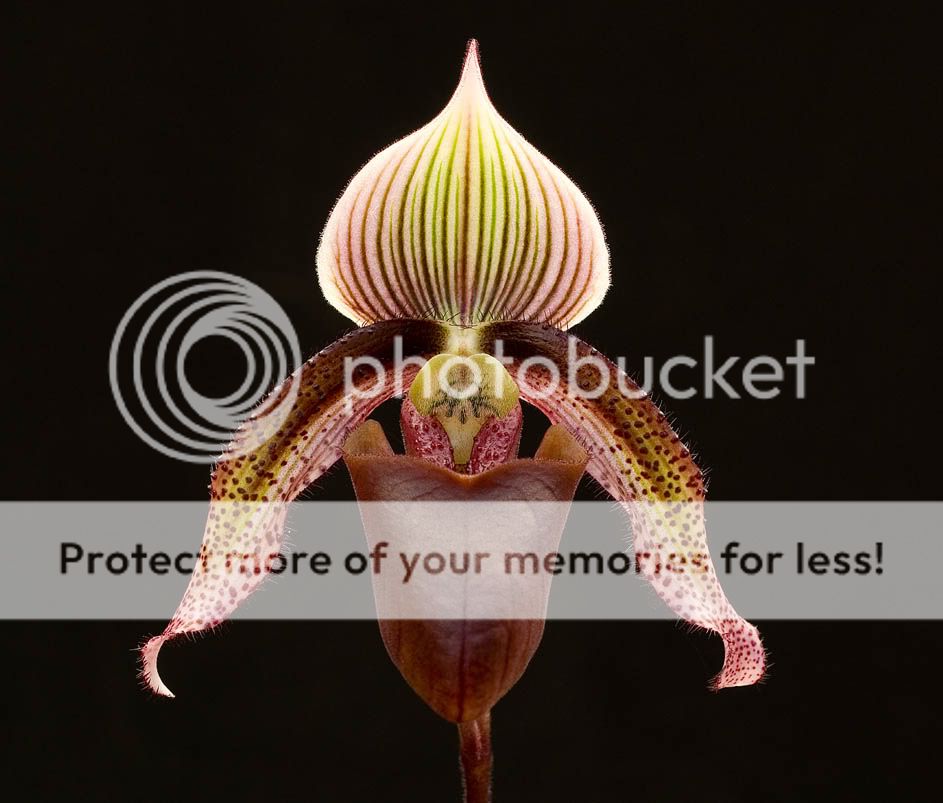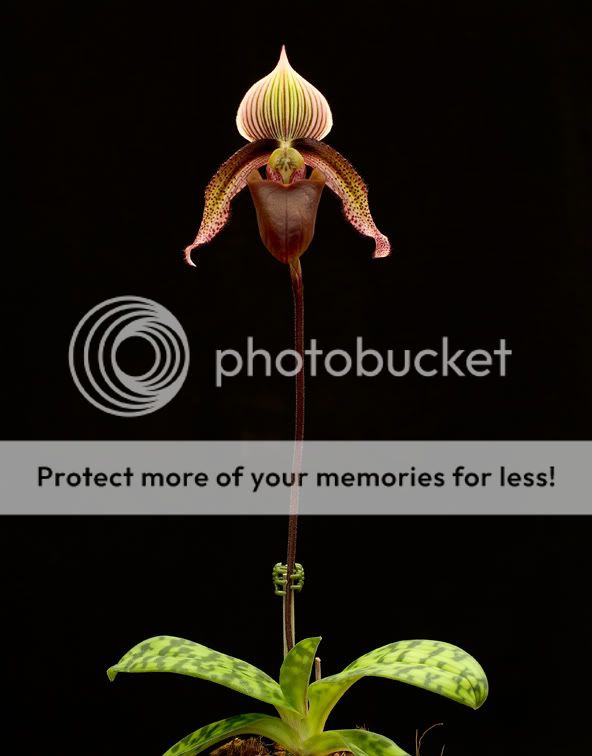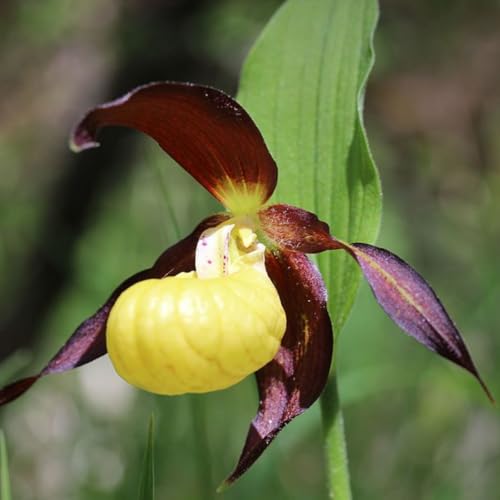emydura
Well-Known Member
Currently flowering for me. I would have flowered this 3 or 4 times now, but as you can see from the 2nd photo, it is still just a single growth plant and a weak one at that. Like many of the mottled leaf species, I can't get any multiple growths going. It is a pity as it is a nice dark clone. If history is a guide, there will be another flower on a single growth plant in 3 years time.
David
Paph superbians 'Midnight'


David
Paph superbians 'Midnight'














































